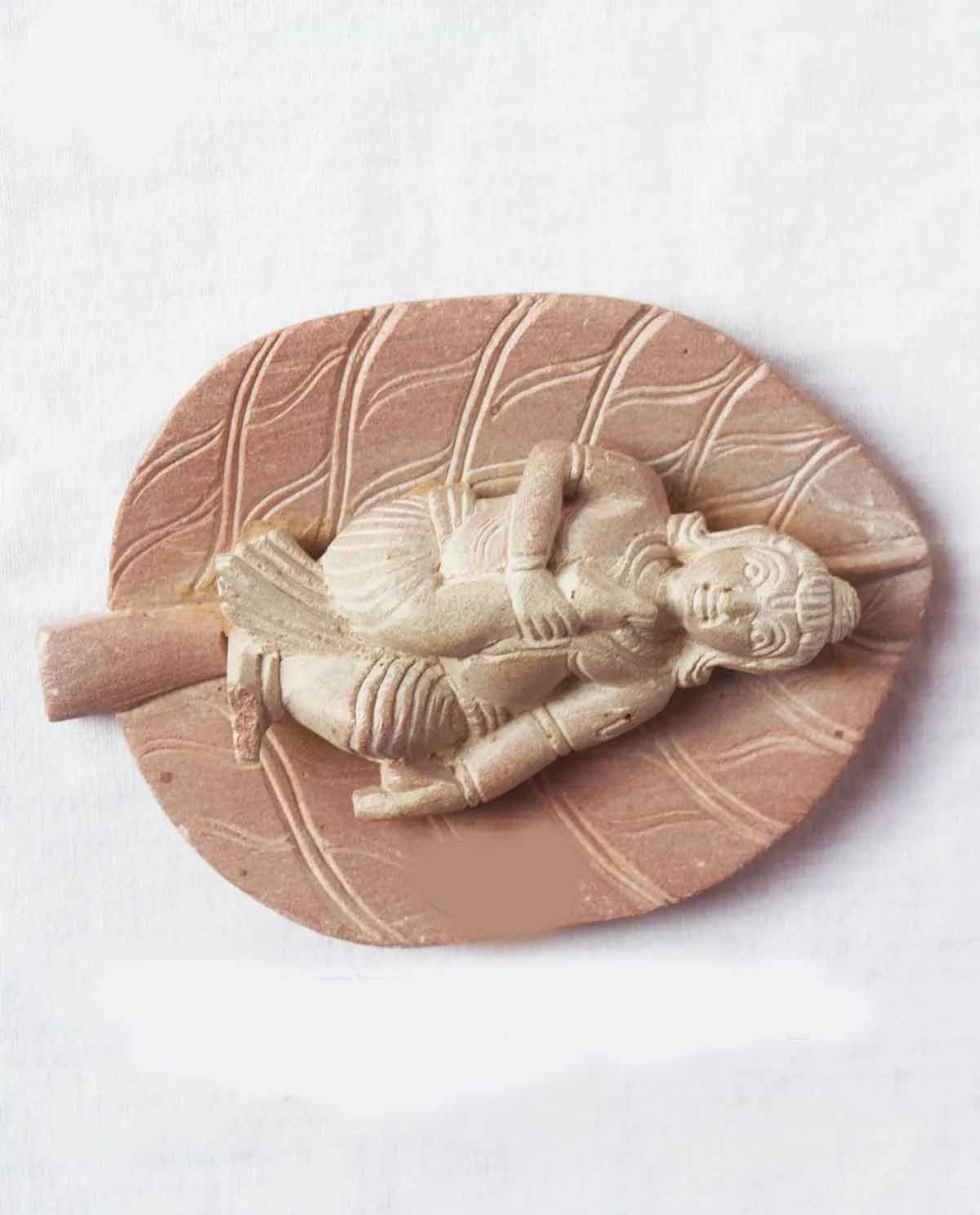Odisha’s Temple Art and History: A Glorious Legacy in Stone

Odisha, a culturally rich state on the eastern coast of India, is often referred to as the "Land of Temples." Its temple architecture is a living testimony to the artistic brilliance, spiritual depth, and historical grandeur of ancient India. With roots stretching back to the 6th century CE, the temples of Odisha are not only places of worship but also remarkable works of art that capture the soul of the region’s history, culture, and craftsmanship.
Historical Background
The golden age of temple building in Odisha began during the rule of the Kalinga dynasty, particularly from the 7th to the 13th centuries. This era saw the rise of the distinctive Kalinga style of architecture, marked by its towering spires (shikharas), intricate carvings, and harmonious proportions.
Kings of various dynasties—including the Bhaumakaras, Somavamshis, Eastern Gangas, and Gajapatis—patronized temple construction, often dedicating structures to Hindu deities such as Shiva, Vishnu, and Durga. These rulers saw temple building as not only an act of piety but also a symbol of political power and cultural identity.
Architectural Features of Odisha Temples
Odisha’s temples follow a unique architectural grammar categorized under three main components:
-
Vimana (Sanctum Tower) – The main spire or tower that houses the deity, typically curvilinear in shape.
-
Jagamohana (Assembly Hall) – A pillared hall for devotees to gather, usually rectangular with a pyramidal roof.
-
Natamandira (Dance Hall) and Bhogamandapa (Offerings Hall) – Later additions that reflect the integration of performing arts and rituals.
The stone used—often sandstone, laterite, or chlorite—allowed for detailed carvings that adorn almost every inch of the temple, from floral motifs and mythological scenes to depictions of daily life.
Famous Temples of Odisha
1. Lingaraj Temple, Bhubaneswar
Dating back to the 11th century, the Lingaraj Temple is a masterpiece of Kalinga architecture, dedicated to Lord Shiva. Standing at over 180 feet, its towering vimana and exquisite carvings make it one of the most important temples in Eastern India.
2. Jagannath Temple, Puri
Built in the 12th century by King Anantavarman Chodaganga Deva, this temple is one of the Char Dham pilgrimage sites. Known for its unique rituals and the famous Rath Yatra festival, it is deeply rooted in Odisha's spiritual and cultural identity.
3. Sun Temple, Konark
A UNESCO World Heritage Site, the 13th-century Sun Temple is shaped like a colossal chariot with intricately carved stone wheels, horses, and sculptures. It reflects both architectural genius and the cosmological vision of the time.
4. Mukteswar Temple, Bhubaneswar
This 10th-century gem is celebrated for its ornate torana (arched gateway) and refined carvings, earning it the nickname "the gem of Odisha architecture."
Art and Iconography
The art on Odisha’s temples serves not just a decorative purpose but also tells stories—of gods and goddesses, cosmic battles, celestial dancers (apsaras), animals, and even scenes from everyday life. These sculptures are so detailed that expressions, gestures, and clothing are depicted with astounding realism.
The tradition of temple art in Odisha also extends beyond architecture to include stone carving, pattachitra painting, and metalwork, all of which were often used in temple rituals and decoration.
Odisha's temples were not just religious centers but also hubs of cultural activities. Dance, music, and literature flourished around these temples. Classical Odissi dance, one of the oldest surviving dance forms of India, evolved as a temple ritual and continues to be performed in homage to the deities.








